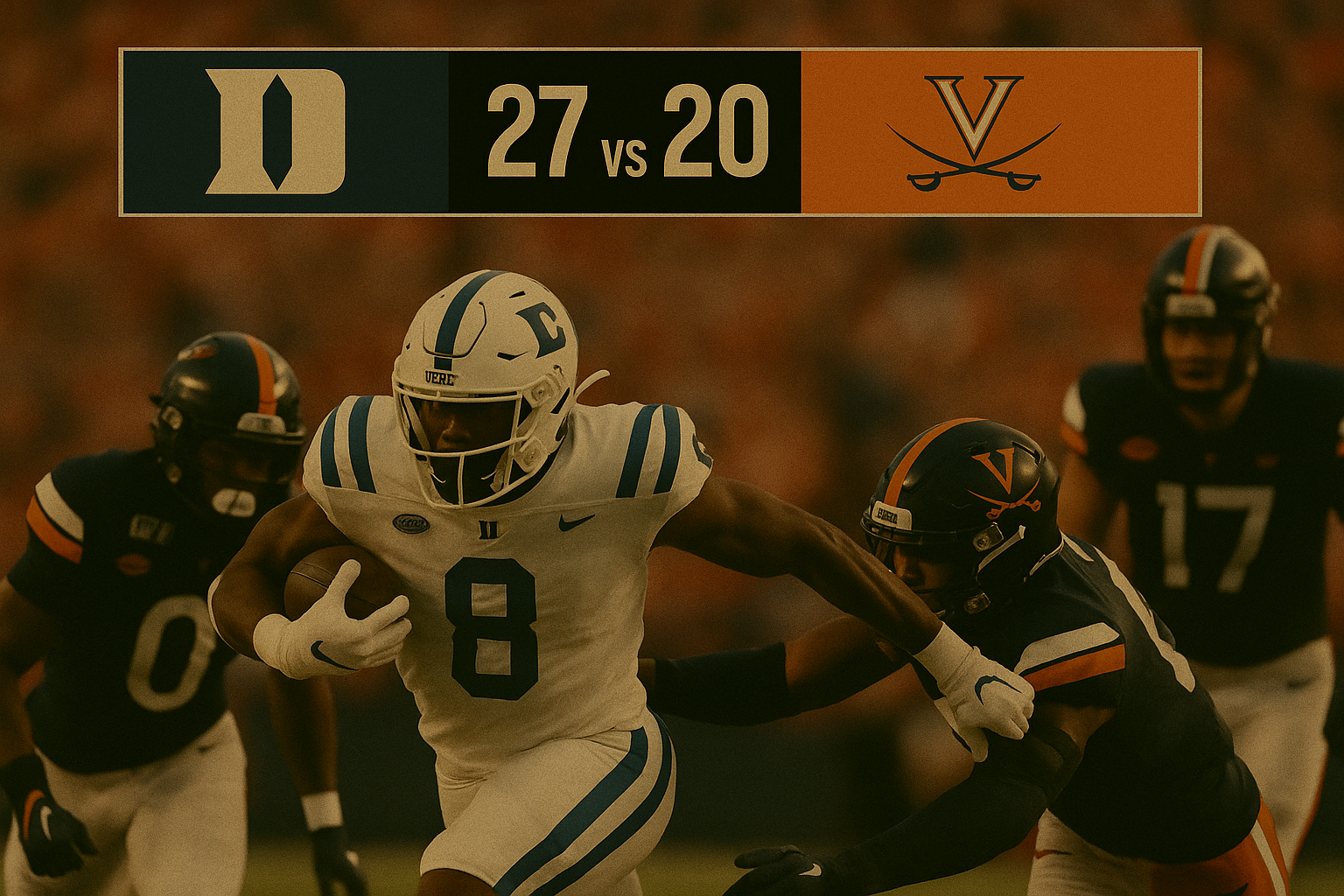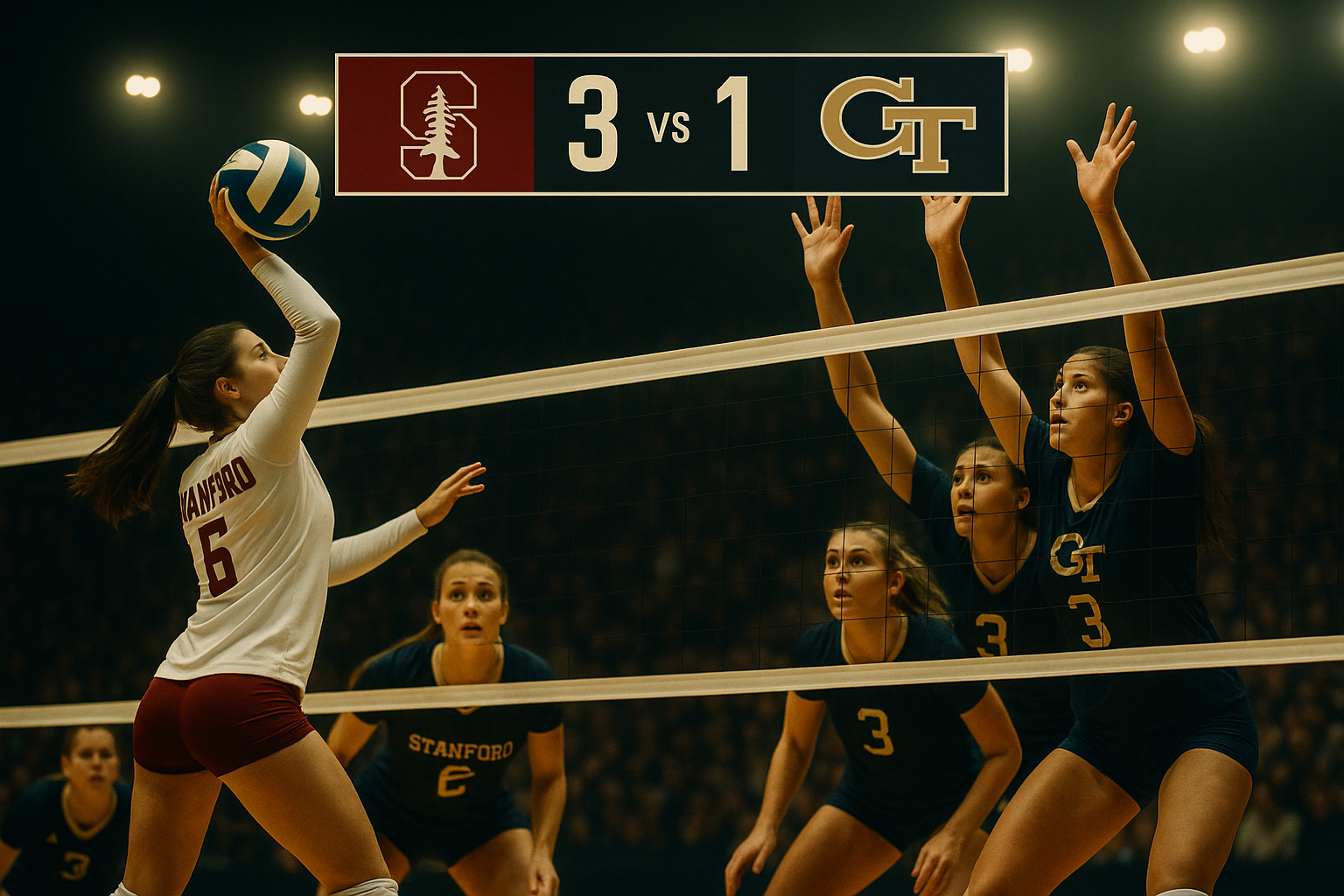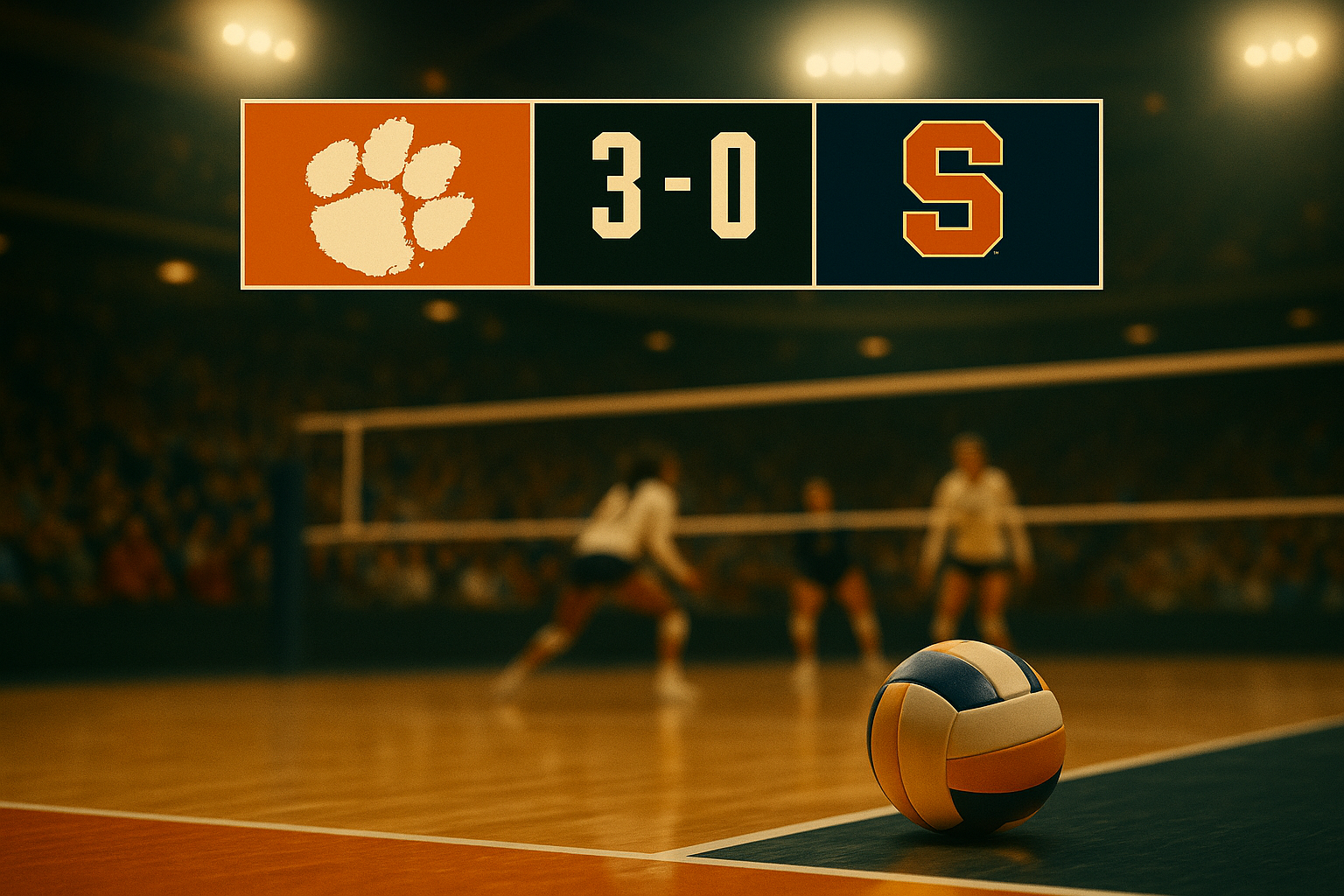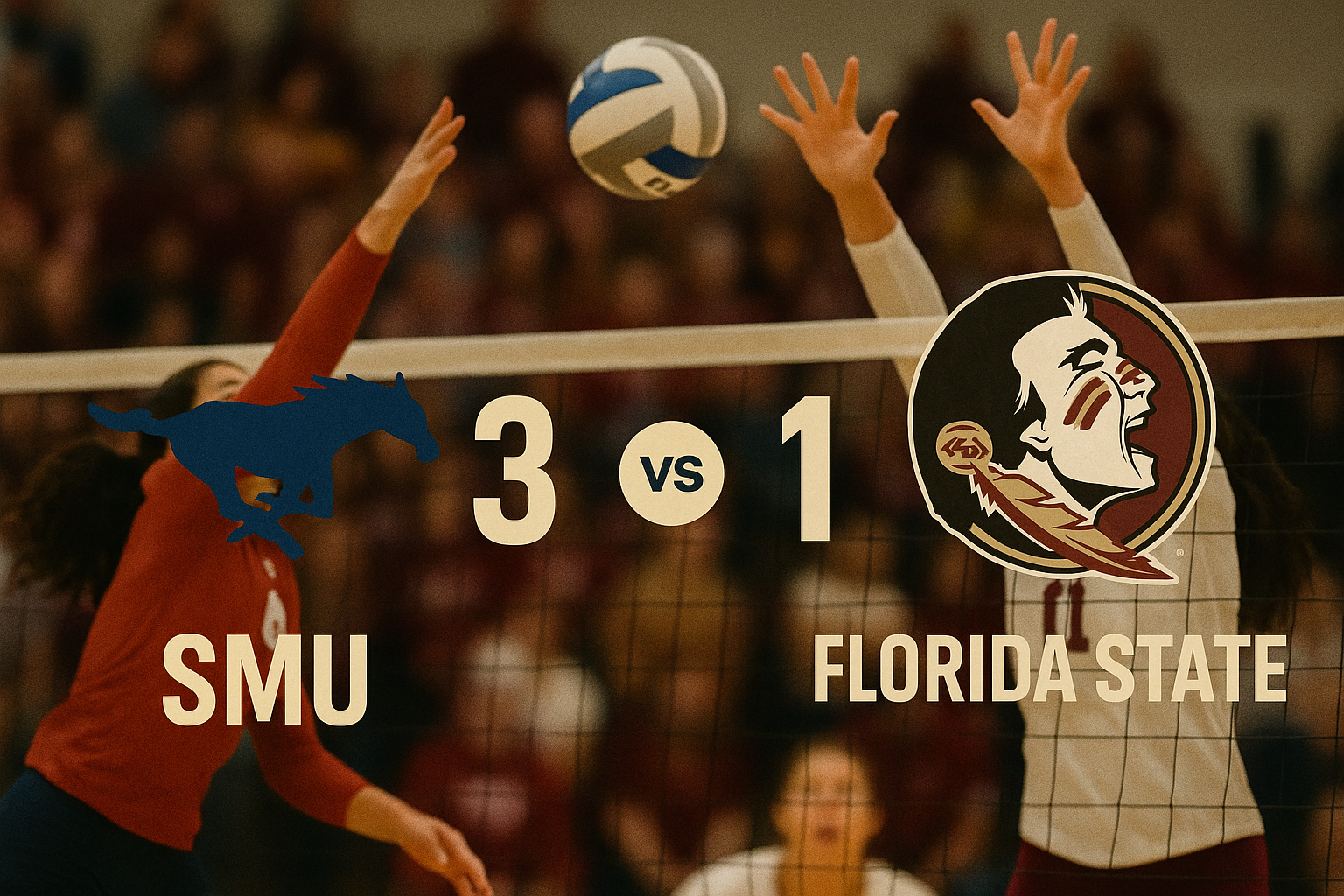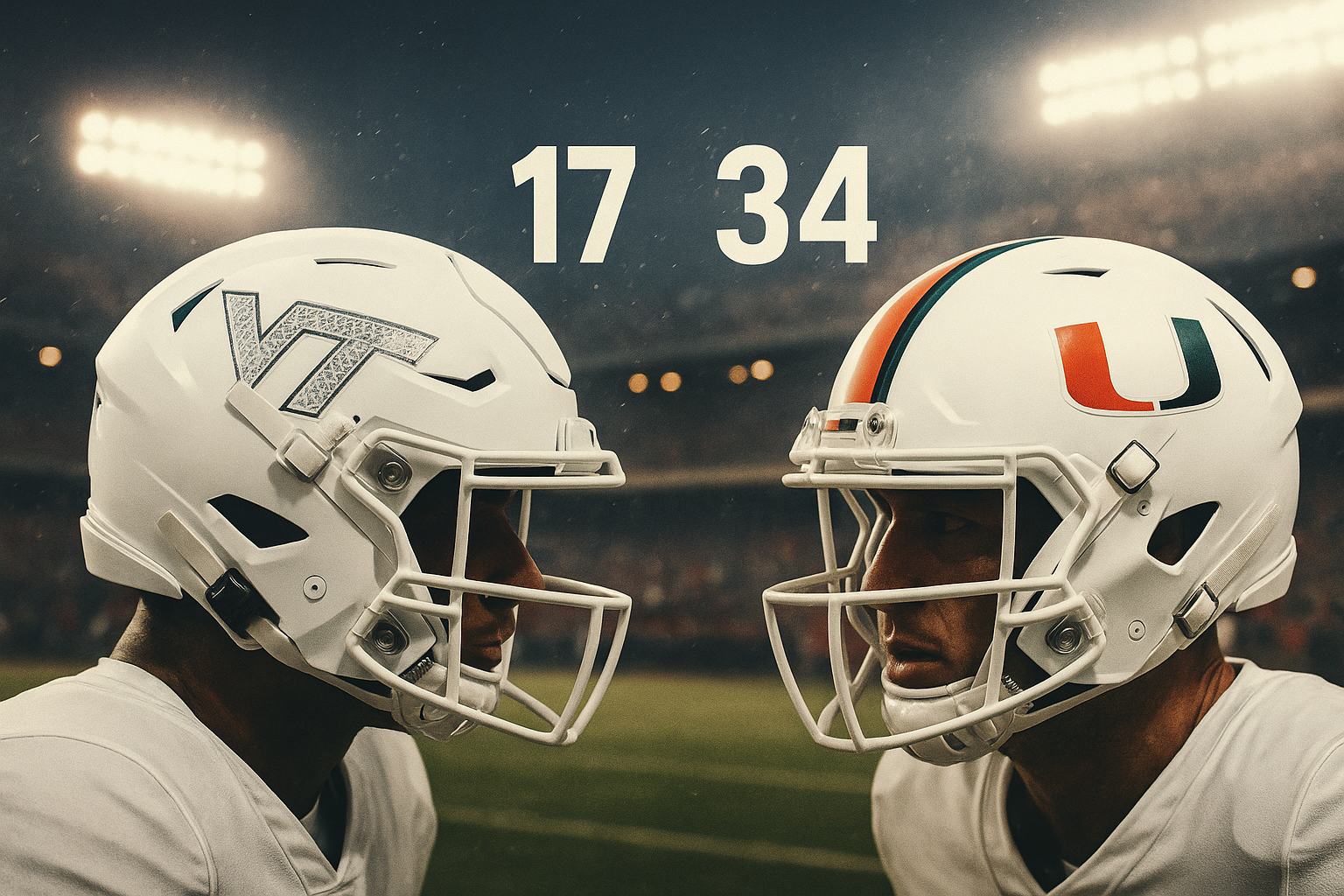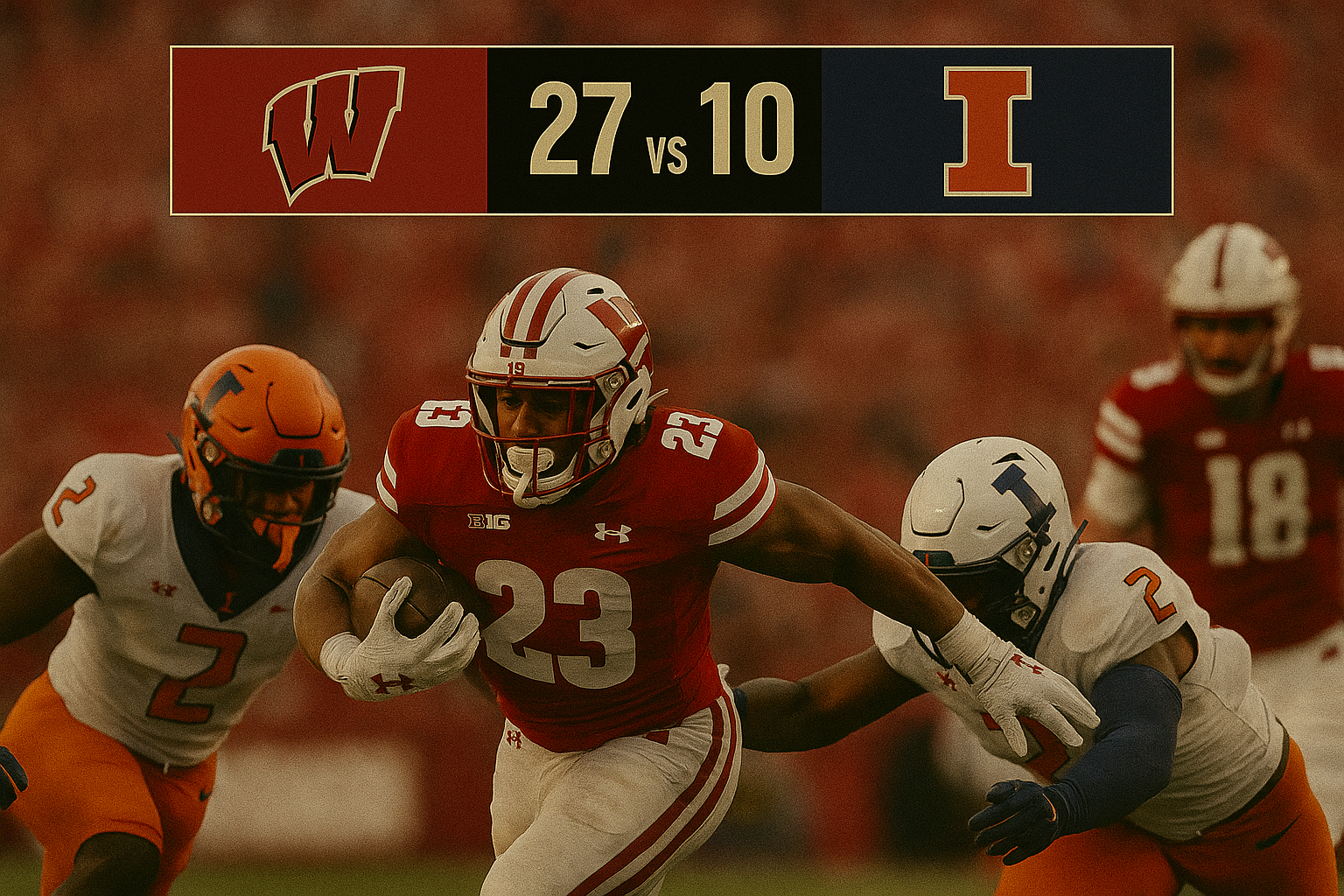Texas Blocks Sunday Move for Ohio State Showdown, Citing Short Week Concerns
Saturday Kickoff Confirmed as Scheduling Debate Highlights Player-Centric Decision
In a headline-grabbing development within college football’s high-stakes scheduling arena, the University of Texas has made a definitive choice to keep its 2025 season opener against Ohio State on its originally scheduled day—Saturday, August 30—with a noon Eastern Time kickoff. Despite a push from broadcasters and the Buckeyes to shift the game to a more marketable Sunday night primetime slot, the Longhorns prioritized team logistics, player welfare, and preparation time over TV exposure.
A Clash of Priorities: TV Viewership vs. Competitive Readiness
Media networks, particularly Fox, saw the potential for massive ratings by moving the game to Sunday evening, a time window devoid of NFL competition. A primetime matchup between two blue-chip programs—both boasting national championship aspirations and deep-rooted fanbases—would undoubtedly draw millions of viewers nationwide. However, Texas evaluated the decision through a different lens.
The move would have forced Texas into a compressed schedule, reducing recovery and preparation time for their Week 2 matchup. The Longhorns are set to face San Jose State just six days after the Ohio State game, and a Sunday kickoff would have meant only five days to recuperate and prepare. By sticking with Saturday, Texas leadership placed a higher value on maintaining a consistent rhythm for its athletes throughout the opening stretch of the season.
Texas Puts Athletes First
Behind the scenes, the Longhorns’ athletic department weighed the advantages of additional national exposure against the logistical and physical toll on its student-athletes. The decision to remain on Saturday wasn’t rooted in hesitance about facing Ohio State in a night game at The Horseshoe; rather, it was rooted in ensuring their team had enough time to recover and reset for the next contest.
By declining the move, Texas signaled that its program philosophy is grounded in performance sustainability, not marketing optics. The team’s leadership recognized that short recovery windows can increase injury risk, affect game plan execution, and ultimately hinder long-term success throughout the season.
Frustration Grows in Columbus
For Ohio State and its fans, the noon start comes as yet another chapter in what has become an ongoing frustration. In the previous season, the Buckeyes endured a stretch of six consecutive noon games to close out the regular season, many of them on Fox's “Big Noon Saturday.” Though these early slots are successful for networks from a ratings standpoint, they often come at the expense of atmosphere and fan engagement—especially for those in different time zones.
Buckeye supporters had hoped for a spotlight primetime event that would match the game’s national significance. Instead, they’ll again prepare for a mid-day kickoff, which while still nationally televised, lacks the dramatic flair of a night game.
Scheduling Dynamics in the New Big Ten
This scenario highlights ongoing tensions within the college football ecosystem, especially in conferences like the Big Ten that now have intricate media agreements with multiple broadcasting partners. Under the current arrangement, networks such as Fox, NBC, and CBS rotate top weekly game selections, and Fox’s frequent first picks often land marquee programs in the noon window.
These early game slots, though ratings-friendly, are increasingly viewed by fans and coaches as competitive disadvantages in terms of game-day energy and exposure. Texas’s decision underscores that schools still retain some leverage when it comes to finalizing kickoff times—especially when contractual clauses allow them to protect against scheduling changes.
A Look at the Long-Term Impact
Although Ohio State may be disappointed, the matchup itself remains one of the biggest in the 2025 college football calendar. Two elite teams with strong playoff ambitions will meet in a game that could have postseason implications before the calendar even turns to September.
Beyond this game, the debate surrounding kickoff times is likely to escalate. As conferences grow and schedules become increasingly congested, more programs may begin to assert themselves in similar fashion. The balance between maximizing media value and protecting athletes will remain a central issue in the years to come.
The Bigger Picture: More Than a Time Slot
While the argument over a game’s kickoff time may appear minor on the surface, it speaks volumes about how programs define their priorities. For Texas, the choice to stay on Saturday at noon reflects a deliberate focus on season-long performance and strategic consistency.
Rather than chase a fleeting TV ratings boost, the Longhorns chose to control what they could and ensure their team enters the season with clarity, stability, and a full week’s preparation. As realignment and media partnerships continue to reshape college football, decisions like this could become the new battleground between brand exposure and athlete-centered programming.
